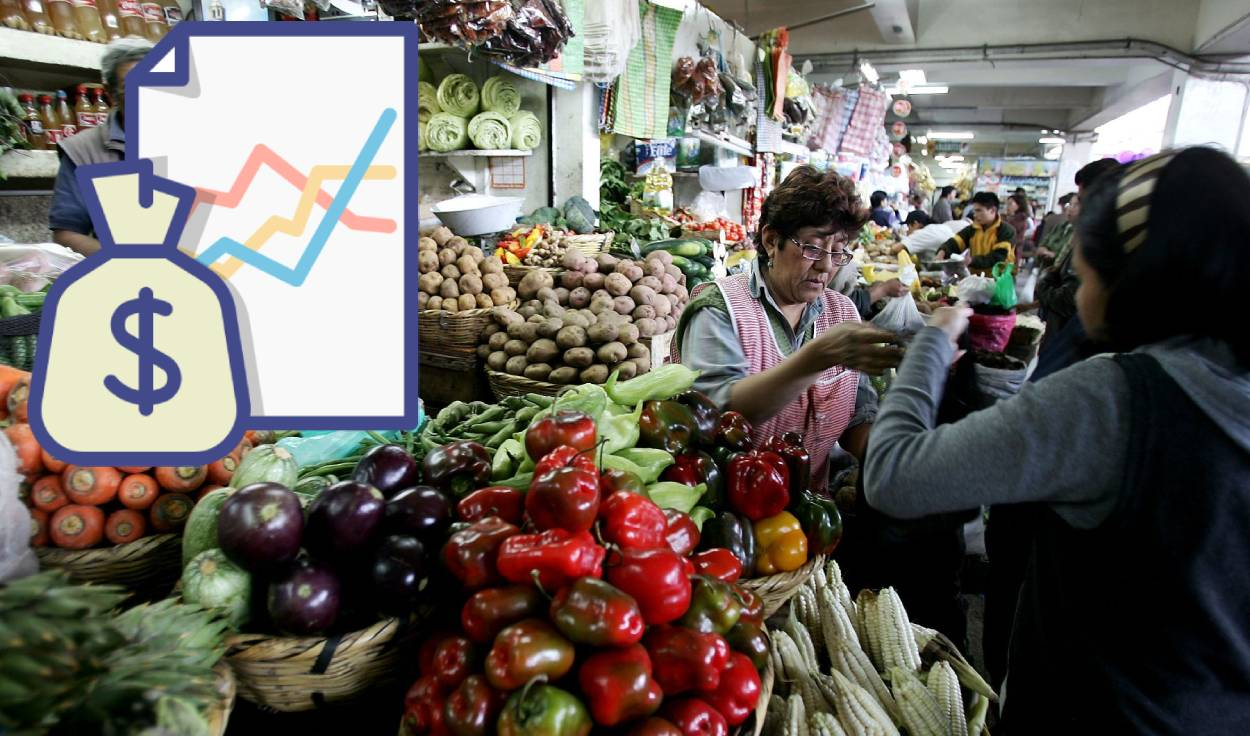
In an interesting achievement for the Peruvian economy, the Central Reserve Bank of Peru (BCRP) announced that the country has sustained a single-digit inflation rate for 27 continuous years, evidencing an era of monetary stability. This fact, highlighted in a recent BCRP statement, underlines the strength of the country’s monetary policy.
Inflation, a measure of the general increase in the prices of goods and services, is a key indicator for evaluating the economic health of a country. Maintaining it in single digits for almost three decades is a significant achievement that highlights the solidity and effectiveness of the BCRP’s monetary policies. This aims to generate confidence in investors and strengthen the financial landscape nationally and internationally.
What has the BCRP said about this monetary stability?
He BCRP noted that, since February 1997, when annualized inflation reached a peak of 9.4%, Peru left behind the turbulent times of hyperinflation that plagued its economy in previous decades. The institution remembers the period between 1987 and 1990, under the administrations of Alan García and Alberto Fujimori, when accumulated inflation climbed to a dizzying 3.5 million percent.
The implementation of the MEI and the bank’s ability to act preventively in the face of temporary supply shocks have been crucial. Furthermore, the decrease in credit dollarization from more than 80% to 23% in 2023 reflects an economy that is less vulnerable and more confident in its national currency.
What is the average annual inflation rate in Peru?
The effort to anchor inflation expectations has resulted in an average annual inflation rate close to 3% over the last two decades. This approach has made it possible, even in the face of supply shocks, to maintain inflation within the target range 77% of the time over the last 22 years.
In 2023, Peru closed the year with an annual inflation of 3.41%. Thus, it maintains its position as one of the countries with the lowest average annual inflation in Latin America.
What are the reasons behind this monetary stability?
The BCRP attributes this notable improvement to a significant transformation in the management of its monetary policy. In the early 1990s, a reform gave the bank constitutional autonomy and allowed it to focus primarily on price stability.
Moving into the new millennium, Peruvian monetary policy was modernized and aligned with practices of the main global central banks, especially with the implementation of the Explicit Inflation Targeting Scheme (MEI) in 2002. In this way, it established a target range of annual inflation between 1 and 3%.
What is inflation?
Inflation measures the general increase in prices of goods and services in an economy during a specific period. That directly affects the purchasing power of the population. Effective inflation management is essential to maintaining economic stability and fostering sustained growth.
How does inflation affect the daily lives of Peruvians?
Inflation has a direct impact on the daily lives of Peruvians, since it has the following effects: increased prices, reduced purchasing power, reduces savings and investment, increases the cost of living and changes decisions about consumption.
Source: Larepublica
Alia is a professional author and journalist, working at 247 news agency. She writes on various topics from economy news to general interest pieces, providing readers with relevant and informative content. With years of experience, she brings a unique perspective and in-depth analysis to her work.












